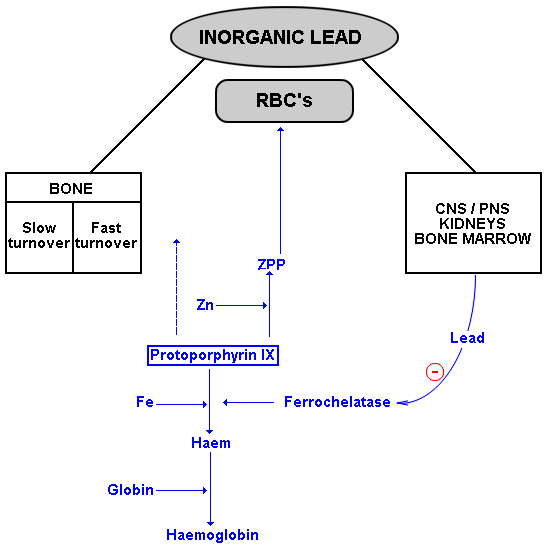 |
| Module 3: Toxicology - Section 4: Biological Monitoring |
| TOX 4.4: Lecture: Biological Monitoring and Biological Effect Monitoring - (Continued) |
 |
| Module 3: Toxicology - Section 4: Biological Monitoring |
| TOX 4.4: Lecture: Biological Monitoring and Biological Effect Monitoring - (Continued) |

These tests are not used routinely but rather in toxicologic or epidemiologic research.

Postgraduate Diploma in Occupational Health (DOH) - Modules 3:
Occupational Medicine & Toxicology (Basic) by Profs Mohamed
Jeebhay and Rodney
Ehrlich,
Health
Sciences UCT is licensed under a
Creative
Commons Attribution-Noncommercial-Share Alike 2.5 South Africa License.
Major contributors: Mohamed Jeebhay, Rodney Ehrlich, Jonny Myers,
Leslie London, Sophie Kisting, Rajen Naidoo, Saloshni Naidoo. Source available
from here.
For any updates to the material, or more permissions beyond the scope
of this license, please email healthoer@uct.ac.za
or visit www.healthedu.uct.ac.za.
Last updated Jan 2007.
Disclaimer note: Some resources and descriptions may be out-dated. For
suggested updates and feedback, please contact healthoer@uct.ac.za.